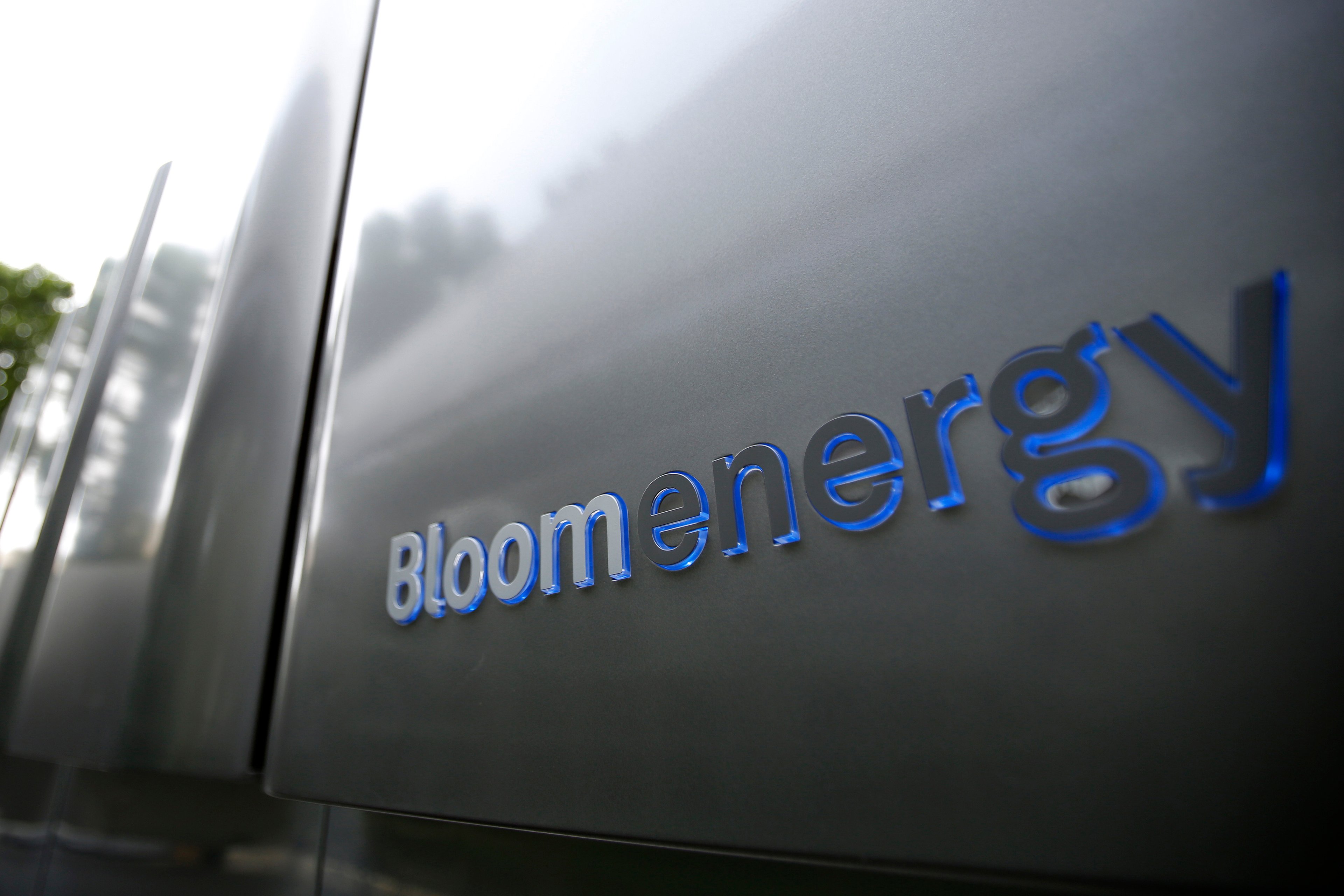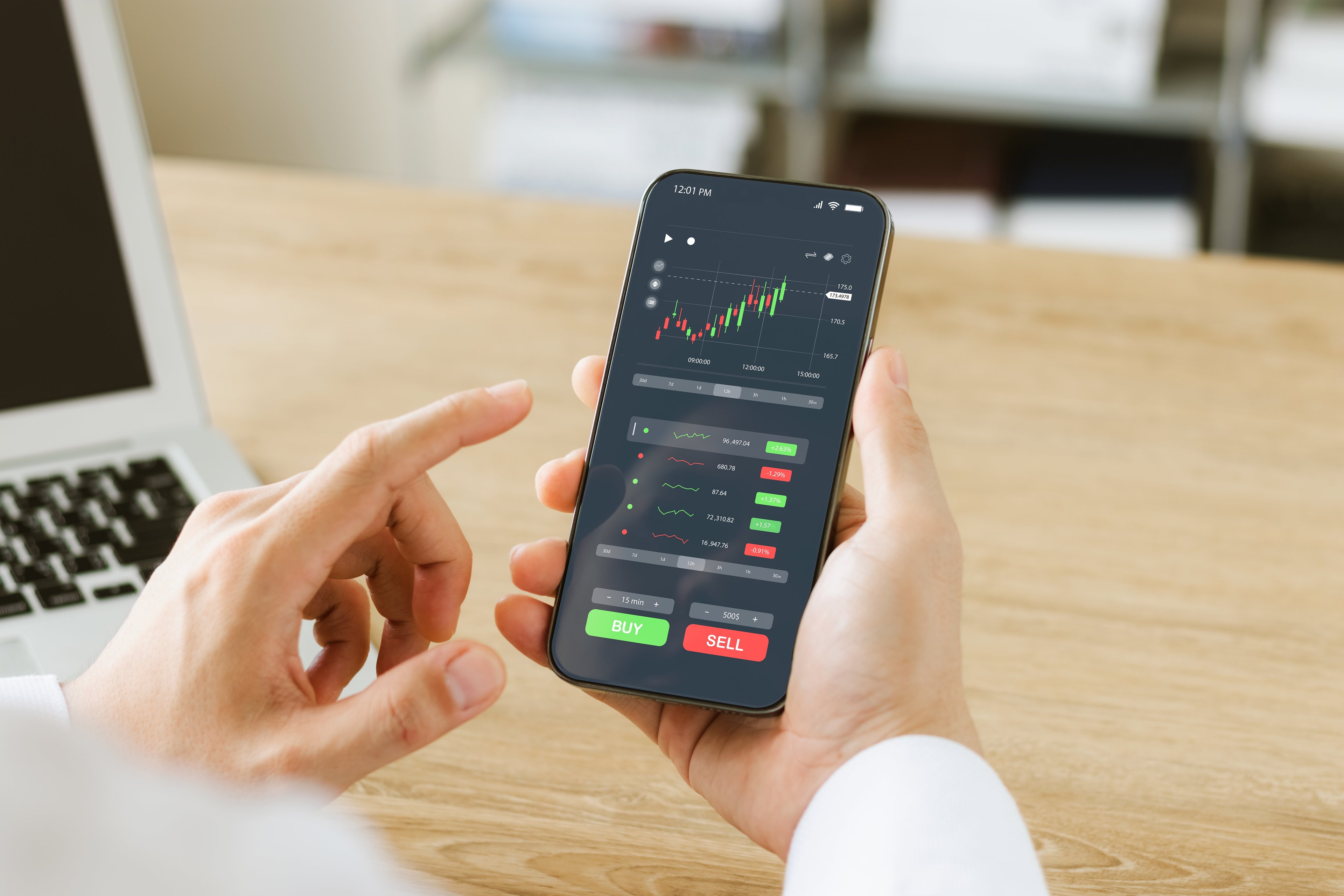Every hour of every day, enough solar energy reaches earth to replace all energy consumed in a year combined. Every drop of oil, every piece of coal, and every cubic foot of natural gas; trillions of dollars of economic value hits the earth every hour.
If we could capture just a small percentage, a measly 0.03% of the solar energy hitting the world each year, we could be using clean, home-grown energy, not only in the U.S., but around the world. And the companies that can exploit this resource have the chance to upend a multi-trillion dollar industry, something so revolutionary it may only happen once every few generations. And it creates the biggest investment opportunity I think we'll see in any of our lifetimes.

Image source: Getty Images.
The power of solar energy
It's hard to state just how big the potential for renewable energy -- and solar energy in particular -- is around the world. And if the political will is there it would be easy to make an incredibly large impact on the energy industry over the next decade. Today, wind and solar power are both cheaper than electricity from new fossil fuel plants, and there's an abundance of land in little-utilized locations like deserts, open fields, and oceans where renewable power could be generated. For the solar industry, energy production can even be put on rooftops that are otherwise un-utilized around the world.
We're already seeing how cost effective solar energy is in countries around the world. Tesla Motors' (TSLA 0.03%) solar division SolarCity is built on selling rooftop solar as a cost savings tool for customers. First Solar (FSLR +1.05%) and SunPower (SPWR +0.00%) are bidding on energy contracts around the world that compete directly with fossil fuels. And with bids now below 4 cents per kWh, they're winning over traditional energy sources.
From a cost basis, solar energy is now competitive, that much is clear. And solar energy is such a small percentage of energy production, providing 1% of electricity demand in 2016, that it has a lot of growth ahead.
A multi-trillion dollar opportunity
I think it's important to dive into the numbers a little bit to show just how big the opportunity is for solar energy, so this next section may get a little weedsy.
The U.S. Energy Information Administration estimates that global energy consumption will pass 600 quadrillion BTUs before 2020, or in electricity terms 175.8 billion MWh.
To show the upside potential for solar energy, let's look at how much solar power production there would have to be to meet 100% of the energy market's demands. If a solar power plant can generate its full nameplate capacity 25% of the time, known as the capacity factor, there would need to be 80,274 GW of solar power production installed around the world.
In 2016, global solar installations were around 70 GW, and cumulative installations globally are now about 300 GW installed, a tiny fraction of energy consumption worldwide.
To illustrate the potential solar power could have, if we assume we want to get all of our energy from solar and a solar power plant lasts 30 years, you would have to install 2,676 GW every year to transition the world to solar energy. To accomplish this, the global solar industry would have to grow 35x from its size in 2016. Put another way, the solar industry could grow installations 30% every single year and it would still take nearly 14 years to reach a rate of 2,676 GW per year. And that figure doesn't even assume any growth.
By 2040, the IEA predicts annual energy consumption will be 815 quadrillion BTUs. To fill that gap between 815 quadrillion BTUs and the 600 quadrillion BTU figure I used to calculate the figures above a total of 28,800 GW of solar energy would need to be installed, or about 410x what was installed in 2016.
It may sound absurd that solar energy could provide all of our energy needs, but it may not be all that crazy. Nearly half of the world's energy consumption is electricity, and the major use of oil -- transportation -- is starting to be disrupted by electric vehicles.
Cheap and abundant solar could provide a greater percentage of energy needs as the world electrifies and transitions away from fossil fuels. The opportunity for solar is worth trillions of dollars, a huge chance for the companies who grab any significant part of the market.
Why solar profits will go up as the industry grows
I've laid out how incredibly big the solar industry's potential is, but right now it may be hard to draw a line from the hyper competitive industry we see today to a profitable growth industry. But this is where the dynamics are changing.
Solar energy bids have long struggled to be competitive with fossil fuels and companies have had to fight each other to win contracts. Combine that with rapid cost reduction and you have manufacturers and developers killing each other just to gain market share.
But we're getting to the point where solar energy is starting to compete with existing energy sources, opening up bigger markets without the same price competition. And as solar energy passes coal, nuclear, and natural gas on the cost curve it doesn't have to lower bid prices as quickly to maintain competitive. This should allow developers and manufacturers to slowly expand margins as they cut costs.
When you add in new innovations like short and long-term energy storage and it's possible that solar power plants will be built to provide a base load source of electricity to the grid, something that's only been dreamed about in the renewable industry until recently.
Why the investing opportunity is so big
Hopefully, it's easy to see why the growth opportunity is enormous, both from a volume of installation perspective and also from a dollar perspective. As solar energy beats the cost of coal, natural gas, and oil as an energy source, it would make sense that the profits and value of solar companies would go up. But the market hasn't displayed that potential yet.
The chart below shows the market caps of three of the largest solar companies in the world, First Solar, Canadian Solar (CSIQ +1.80%), and SunPower, compared to ExxonMobil and Royal Dutch Shell. You can see the oil giants are worth over 100x more than the solar companies.
FSLR Market Cap data by YCharts
If we ballpark solar energy from a revenue perspective, the opportunity is equally impressive. Bloomberg New Energy Finance estimated that $287 billion was invested in all of clean energy in 2016, including wind, solar, hydro, and other sources. If the 2,676 GW investment figure I outlined above ends up being true and solar installations costs are $0.80 per watt (about a 30% reduction from today) the total value of installations alone would be about $2.1 trillion.
It's impossible to predict how much solar stocks will rise over the next few decades, but the opportunity for the industry is easily in the trillions of dollars annually. I think it's clear that solar energy is the biggest investment opportunity of our lifetimes. Bigger than computers, bigger than the internet, solar energy could change the world forever. And the companies that can take a significant amount of market share could become the new energy giants, replacing the oil giants we know today.









